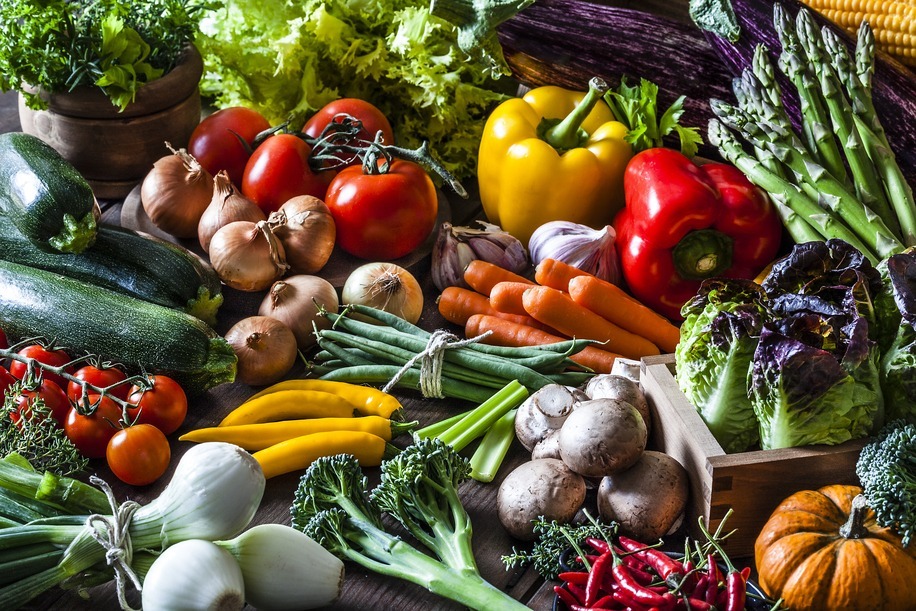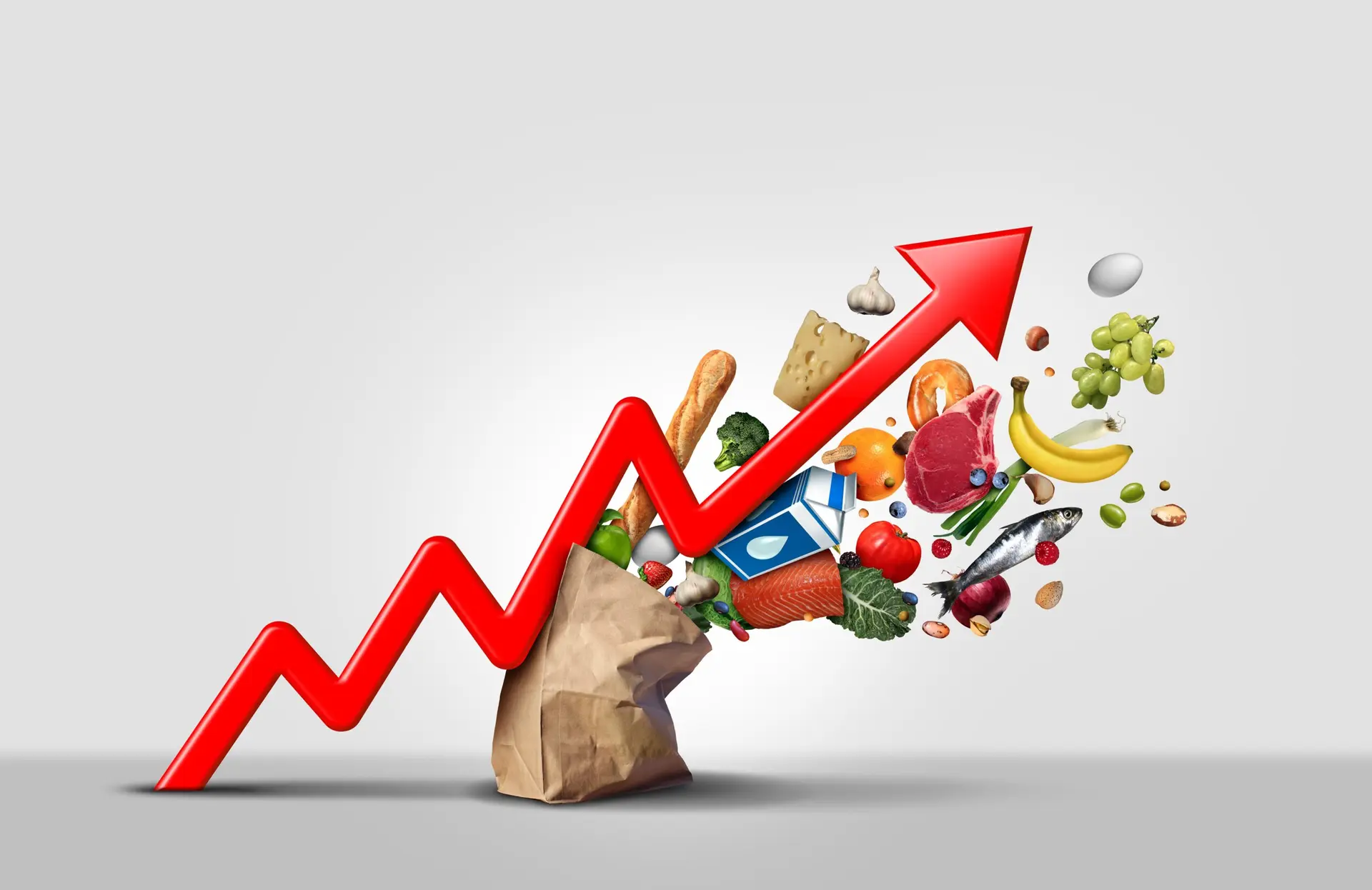If you’ve ever heard an elderly speak of his heydays, you must have heard him say, “In our youth, diseases and illnesses weren’t so common. We ate what we grew in our farms, and walked and worked day and night. It isn’t like today when all you get is packaged food, and people do not have to move an inch. And you wonder why your generation is so unhealthy!” Well, this begs us to consider the question, why are we thought of as an unhealthy generation? Does that have to do with eating or lack of eating food in season? Eating fruits and vegetables that are in season has several benefits. Some of the main advantages of eating food in season is that seasonal produce is fresher, tastes better, and contains more nutrients. This is because seasonal produce is usually harvested at its peak and doesn’t need to be transported long distances. Long distance transportation can cause food to lose its flavor and nutrients. Seasonal fruits, grains, and vegetables were sole sources of sustenance of our forefathers when transportation was difficult and agriculture wasn’t as advanced as it is today. Today, with globalization, produce can come from far-flung places. Technology has advanced so much that foods are grown in labs, greenhouses and through chemical manipulation. We get fruits such as apples, grapes and oranges all year round when they are mostly winter fruits and were traditionally found in the winter season. Cucumbers and tomatoes which used to grow in summers are found year-round too. In various cuisines around the world, seasonal fruits and vegetables are consumed in season. There are various dishes that adapt to the ingredients available in the pantry at any given time. For example, the seasonal food in Korea was based on the ingredients available in the natural environment. In summer, vegetables and grains such as green beans, cucumbers, carrots, radish, lettuces, eggplant, rice etc. were eaten along with fruits such as lemon, watermelon, plum, grapes, apricots, mulberries, nectarines. In autumn, produce used included cabbages, turnips, cauliflower, celery, millet, wheat, barley, parsnip, onions, pulses, etc. Drinks included distillation of aromatic herbs. Similarly, in Nepal, in winters, hearty soups such as kwati (nine bean soup), bodi tama (black eyed peas and bamboo shoot curry), as well as yams, sweet potatoes, turnips, radishes, spinach are eaten. In summers, fruits such as mangoes, litchis, guava and pineapple are available. Nepal is still an agrarian society with vast swathes of land being used for agriculture. Farmers have recently started adding chemicals and genetically modified seeds to enhance crop production. While this has increased efficiency in farming and this is a step to agro-development, it also takes away from the fact that food isn’t just local and seasonal anymore. The classic question of efficient production versus niche product comes to the picture. The other side of it is that produce produced in Nepal has to compete with cheaper vegetables and fruits that are brought from neighboring countries. In such a competitive climate, can we blame our farmers for effective albeit chemically enhanced farming? When fruits and vegetables are picked before they are ripe, they don’t have the chance to develop their full range of nutrients, flavor and taste. Seasonal produce, on the other hand, is allowed to ripen naturally in the sun which means that it has had more time to develop its full range of nutrients, antioxidants, and phyto-nutrients. These nutrients are essential for maintaining good health and preventing diseases. Some plants need high temperatures to bear fruits and flowers such as watermelon and cucumber whereas carrots grow in cold temperatures due to which it’s mostly available in winter. This is why most of the fruits and flowers are seasonal. They require different temperatures, soil quality and water availability to grow. Locally produced fruits and vegetables are more nutrient dense. Along with that, instead of buying the same boring vegetables you always pick out at the grocers, buying local seasonal fruits and vegetables can be exciting for its variety. Apart from that, buying locally grown fresh produce can also be cheaper. This is because additional cost of transportation isn’t included. The food made is also more flavorful, fragrant, and delicious. Seasonal foods are more flavorful. You must have noticed that when we eat mustard greens (raayo ko saag) in winter, the flavor is different. This is because spinach is fresh and grown locally. In addition to being more nutritious, seasonal produce is also more environmentally friendly. I find that to be important for me personally. When produce is transported long distances, it requires more energy and resources to keep it fresh which can have a negative impact on the environment. There was a debate on social media that veganism, although great for the environment, isn’t environment friendly as transporting avocados, nuts and other vegan friendly produce requires air travel which greatly increases the carbon footprint of these produce. So, the answer is eating seasonal produce that is grown locally. This can help reduce the carbon footprint of our food and also support local farmers. All in all, eating seasonal fruits and vegetables is a great way to ensure that you are getting the freshest, most nutritious produce while also supporting local farmers and reducing your carbon footprint at a cheaper price. So, think globally, eat locally.











